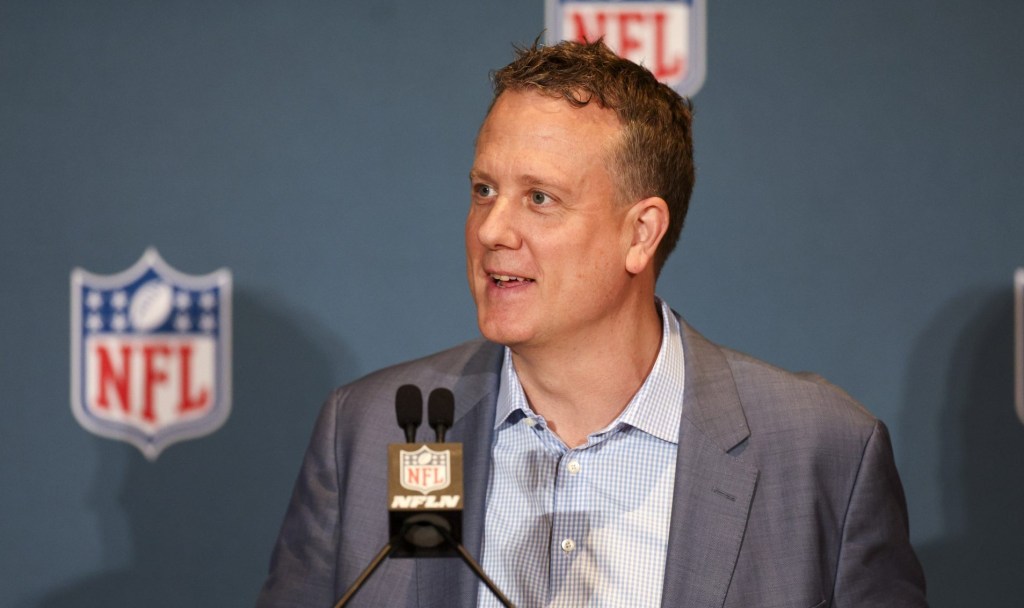By: Jason Lupo

I have never been a big fan of the word motivation. The over-simplified thought and appearances made famous by many movies of pregame or halftime talks leading to second half victories just doesn’t happen the way many think. Motivation is very much internally driven. Athletes are motivated by the belief that they can succeed. Coaches play a large part in this process, but it does not always happen on game day; it happens after hours and hours of practice within an environment that emphasizes self-efficacy.
Psychologist Albert Bandura popularized the theory of self-efficacy in the late 70s, which defines self-efficacy as one’s belief in the ability to succeed in specific situations. With that in mind, I would argue that motivation is more about the process rather than the end goal. Athletes succeed, primarily because they have a firm belief that they can complete the task at hand. Not always, but a majority of the time, this belief comes from past experience and small hops rather than gigantic leaps.
During practices, athletes gain the confidence that they need to complete a given task. This confidence only continues to snowball as the task gets harder and harder. Imagine a basketball player starting three feet from the rim. The player shoots the ball and makes it time and time again. After successfully mastering this task, the athlete knows that in competition he will make any basket he shoots from that spot.
Over time, the athlete begins mastering shots from numerous points on the court until the athlete is confident that any shot he takes will go in. Without this confidence, the athlete may be unwilling to shoot the ball due to the risk of failing or letting his team down. However, because he has built confidence he takes chances and has the will to win and be a valuable component of his team. If this order is reversed and the athlete attempts to master half-court shots before even mastering a shot in the key, that athlete will not gain the confidence required to be successful due to his lack of success in practice.
Once an athlete has gained this level of self-confidence, coaches can have a further impact by managing arousal levels. If you ever look around before a competition, you will see that certain athletes respond better or worse to certain levels of arousal. There are the athletes that talk to friends and family until the last second, the athletes that are screaming and getting pumped up and the athletes that seclude themselves in a corner going through their warm-up routine on their own.
Having knowledge of your own athletes is critical in managing game day pressures and ensuring that the athlete maintains the confidence that he/she has built up in practice. Sometimes you can figure out how your athletes prefer to run through their pregame routine just by watching and other times it may take a simple question to be posed.
With all this being said, there are four key takeaways:
Be Progressive
Don’t make large jumps in training, but instead be progressive in nature. Take steps toward the end goal and be patient. Create mastery of earlier tasks before jumping ahead.
Set Training Goals
Make your athletes aware of the progress they have made. Having goals in training reinforces the hard effort they have put in and the payoff they receive. Athletes who have continually met training goals go into competition with more confidence and a higher sense of self-efficacy.
Manage Arousal Levels
Once your athletes are confident, don’t psych them out. Keep in mind that what you think may be psyching an athlete up, may be detrimental to their overall focus and confidence.
Don’t Lose Focus of FUN
Sure training is not always fun, but the more experienced your athletes are, the less fun is emphasized. Sometimes just allowing your athletes to have fun in practice can rekindle that inner passion.
Keep Coaching My Friends!
Jason is is an experienced coach and program manager specializing in youth, adaptive and elite athletes.

















